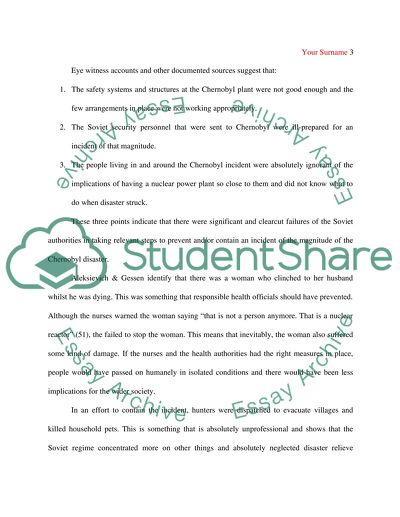Cite this document
(“History of the Chernobyl Catastrophe Term Paper”, n.d.)
Retrieved from https://studentshare.org/history/1398040-history-of-the-chernobyl-catastrophe
Retrieved from https://studentshare.org/history/1398040-history-of-the-chernobyl-catastrophe
(History of the Chernobyl Catastrophe Term Paper)
https://studentshare.org/history/1398040-history-of-the-chernobyl-catastrophe.
https://studentshare.org/history/1398040-history-of-the-chernobyl-catastrophe.
“History of the Chernobyl Catastrophe Term Paper”, n.d. https://studentshare.org/history/1398040-history-of-the-chernobyl-catastrophe.


